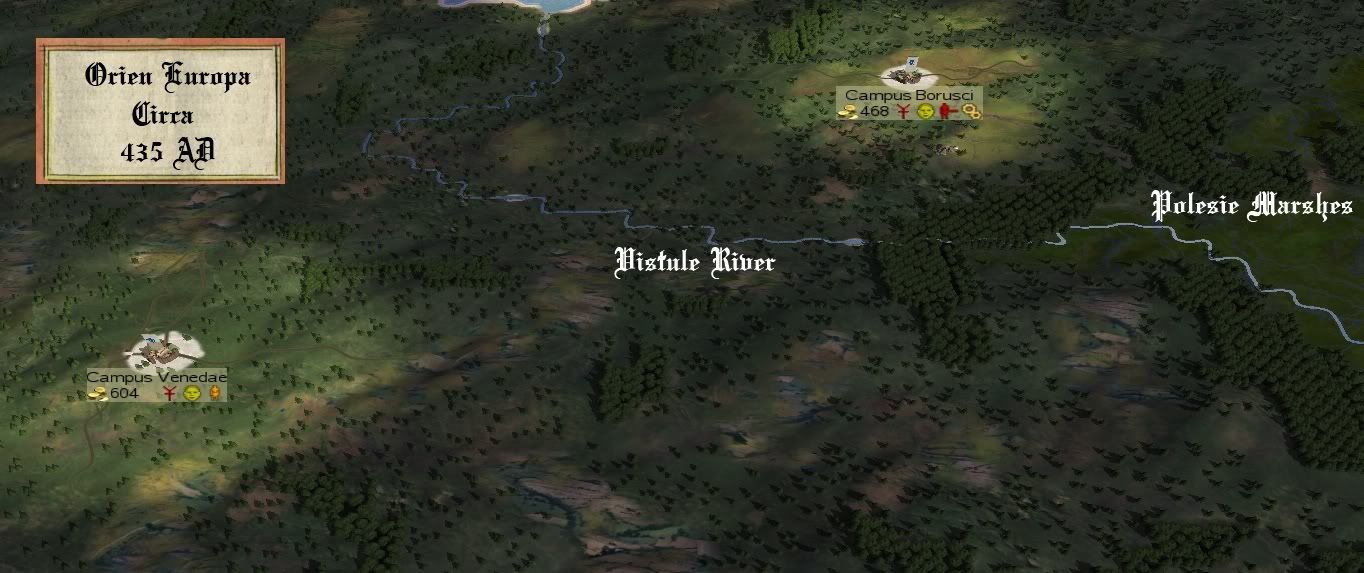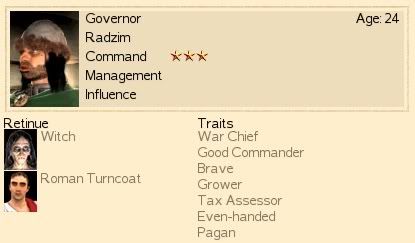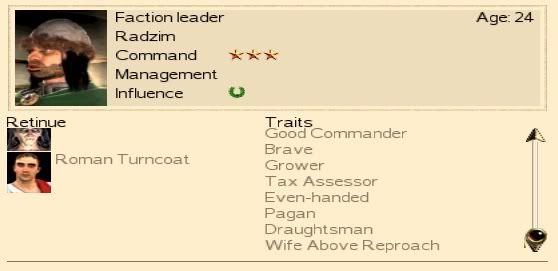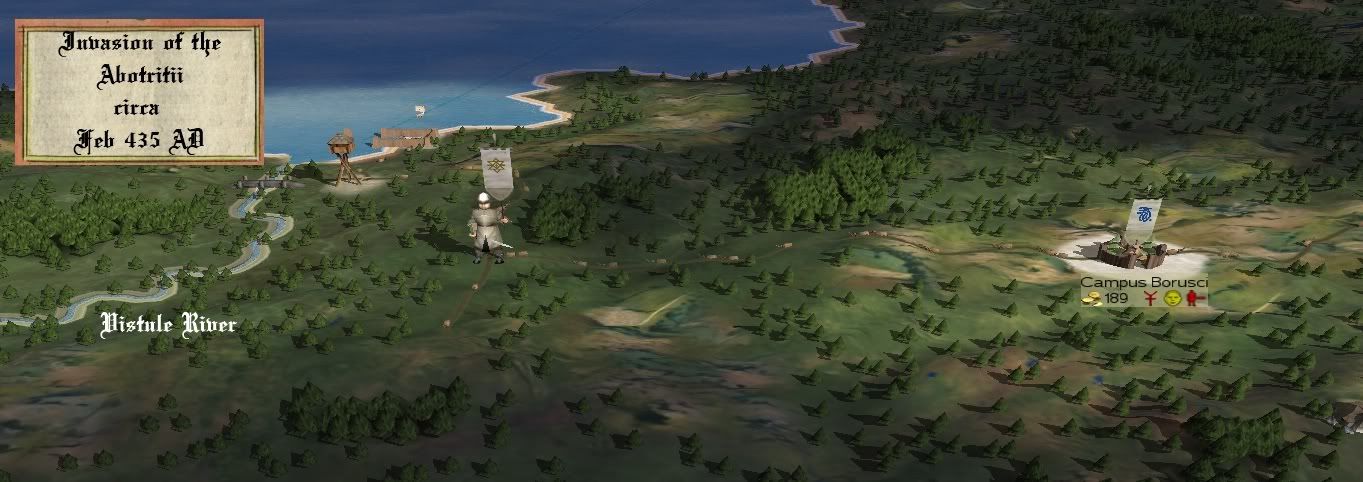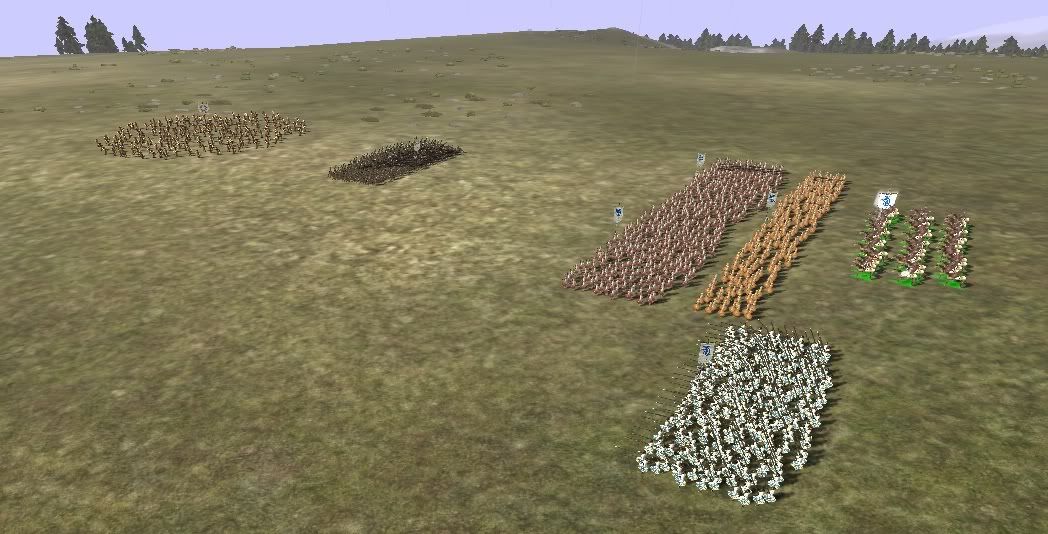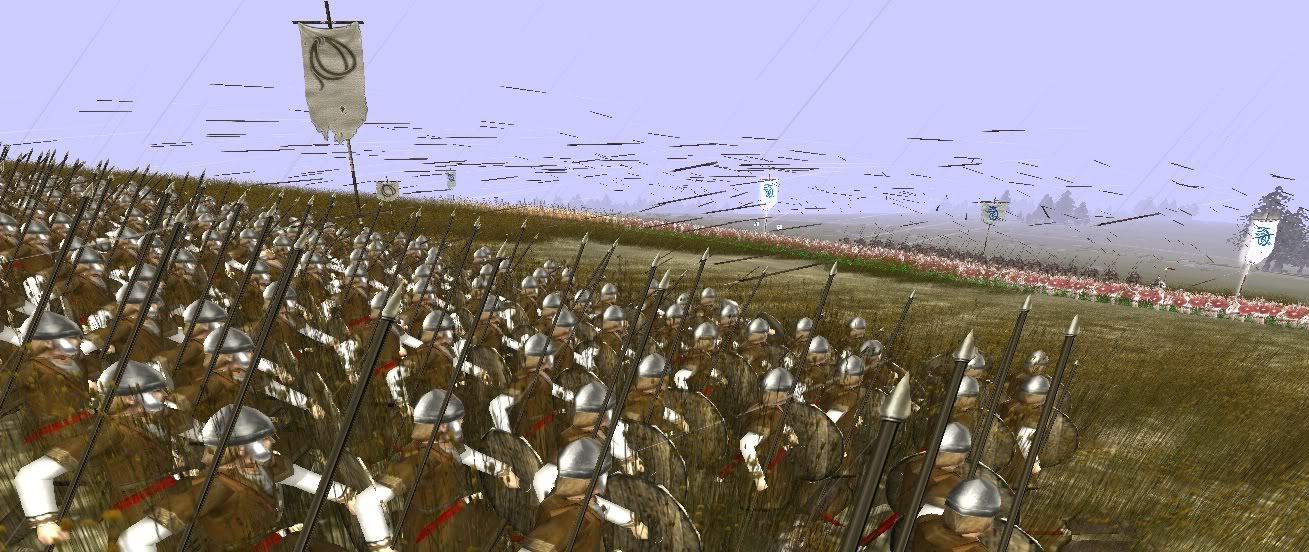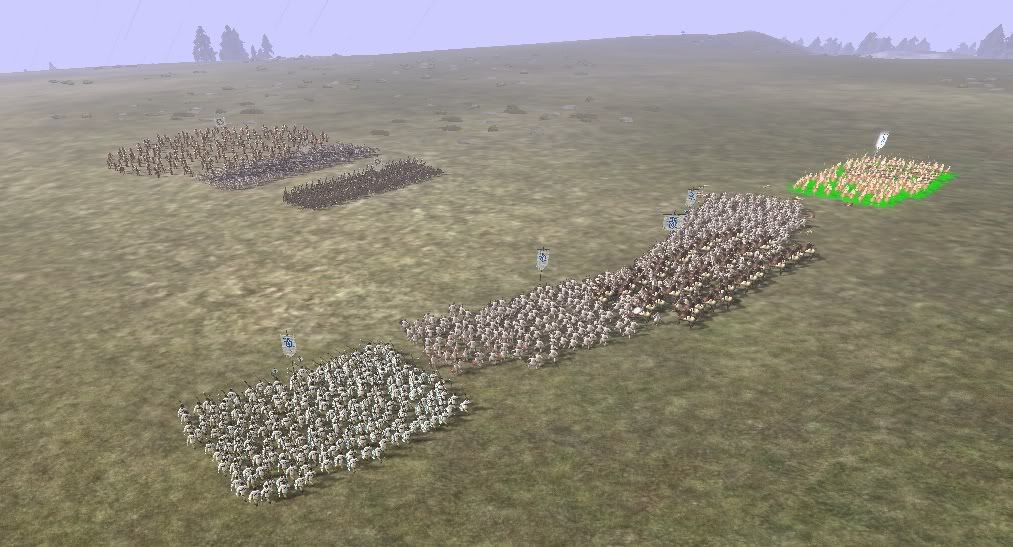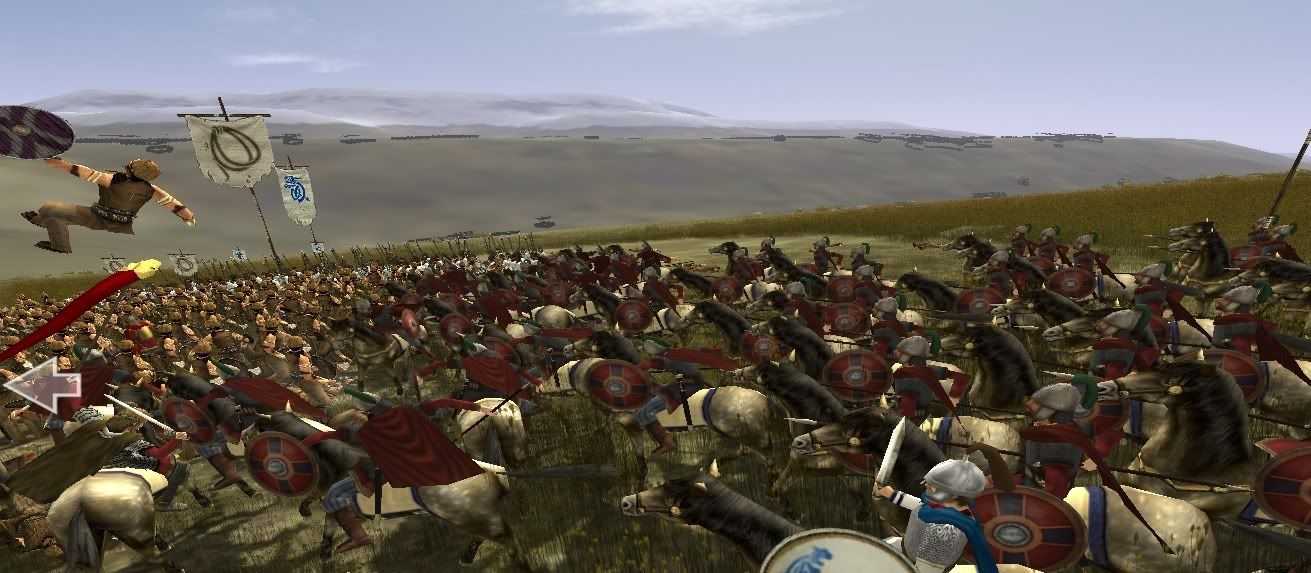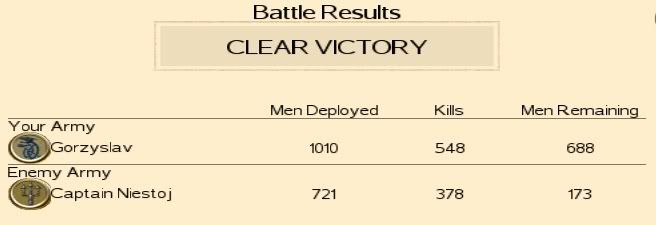{alan_noble_cavalry} Konnica Kagana
{alan_noble_cavalry_descr}
The Avars came onto the Danubian Plain in what is sometimes considered the second wave of nomads that would enter European via the Russian Steppe after Attila’s Huns came in the 5th century. The Avars were a powerful military force and in many ways very sophisticated militarily compared to their neighbours. Immediately they posed a threat to the Byzantine Empire, raiding across the Danube, even threatening Constantinople itself. All these military endeavours would not have been possible but for one key element in Avar warfare; the Slavs. The Avars that had occupied the Hungarian Plain came into proximity of the Slavic population already living there, and extensively used Slavonic warriors in its military operations, besieging cities and providing the infantry in the army. It became almost standard for Avar armies to be mainly composed of a Slavic infantry element, and there would even become a blend of nomad and settled Slav culture in the Avar realm. The Avars of course, being a nomadic people, would have provided the Slavs with their heavy cavalry on the battlefield. The king of the Avars, called the Khagan in Old Turkic, would have the finest of the Avar nobility at his disposal. Heavy riders armed in chain mail and lamellar, Avar nobility was in no ways poor, prosperous from the constant raids against Byzantium in the south, and even the Franks in the west.
{alan_noble_cavalry_descr_short}
Alan Noble Cavalry are among the heavyweights of the steppes: men who are trained to charge home into foes, breaking them through speed and shock. That said, they should not be thrown away in futile charges against spearmen.
{slav_cav_raiders} Konnica
{slav_cav_raiders_descr}
The question of the use of cavalry among the Slavs has always been one disputed among historians. The most numerous sources on Slavic warfare come to us from the Byzantines, describing the Slavic raiders that had been penetrating Greece from across the Danube. It can be accepted that by the 7th c. the use of the horse among the Slavs was widespread, and most definitely among the elite. Evidence for this is provided in the nature of raids into Byzantium, which would have been made much easier on horseback. In addition the proximity of nomadic peoples in the northern Balkans to the Slavs there would have made the use of horsemen more widespread, and it seems the Avar and Bulgar raiding parties included Slavic cavalry as well. The average Slavic horseman would have very little difference in armour and weaponry from his infantry counterpart. Weapons ranged from axes, maces, to clubs, and in later periods swords. Javelins would also have been used. Armour, in the common trend of early Slavs, was very limited. Round shields and the occasional helmet of the conical shape, often imported from Western Europe, and the ‘Polish Great helms’ sporting a tall point, common of the East and borrowed from Persia. Slavic horsemen also used spurs, something that set them apart from the nomads.
{slav_cav_raiders_descr_short}
Konnica are light cavalrymen, best able to harass and pursue enemies rather than charge home. They are also useful in driving off enemy skirmishers and missile troops.
{morav_cavalry} Konnica Druzina
{morav_cavalry_descr}
The early Slavs were NOT a horse culture, and favored light, unarmored infantry using ambush, and hit and run tactics. Only much later, after contact with other horse cultures like the Huns, Avars and Bulgars, did they start to adopt armored cavalry and armored infantry. The Venedi, however, had much more contact with the steppe peoples, and have adopted to the horse much earlier.\n\nVenedi cavalry fight with swords and shields but only with padded cloth and leather as armour, more effective against the cold than against weapons. These Venede cavalry can fight well under most circumstances. They are certainly useful among a people who, at this point in time, are lacking in cavalry in general.
{morav_cavalry_descr_short}
Venedi cavalry fight with swords and shields but only with padded cloth and leather as armour. Still, they are certainly useful among a people who, at this point in time, are lacking in cavalry in general.
{slav_archer_cavalry} Konnica Lucznik
{slav_archer_cavalry_descr}
Coming across the Carpathian basin, it is estimated the Avar host may have numbered as much as 50 000 pastoral nomads, once the Avars had absorbed many of the Huns and Bulgars in their wake. Entering Europe they were a typical nomadic force, based on mass units of light cavalry supported by heavy riders. The Avar light cavalry used the composite bough, albeit a shorter version from the Hunnic model. Throughout the second half of the 6th century these horsemen laid waste upon their neighbours, destroying the Gepids, subduing the Balkan Slavs, and creating havoc on the Byzantine border. It would not be till Byzantium’s end of war against Persia and a massive Slavic uprising that this semi-settled kingdom of the Avars finally went into decline, receiving its final blow from Charlemagne’s Franks. What remained of the Avars would be absorbed in the Slavic peoples they had once controlled.
{slav_archer_cavalry_descr_short}
Konnica Lucznik fight with axe and shields but only a padded cloth as armor. Still, they are certainly useful among a people who, at this point in time, are lacking in cavalry in general.
{druzhina_foot} Druzina
{druzhina_foot_descr}
The nature of early Slavic warfare can be characterized by this group of companions, synonymous in all of the modern Slavic tongues and tied to the tribal relationships of fealty that had preceded feudalism. The term Družina itself is rooted in the Proto-Slavic word for friend, drug?, still present among modern Slavs in some form. In an era before feudalism, the central factor to conducting warfare was a potentate’s personal bodyguard, his group of closest companions, the Družina. These men were tied to their overlord through bonds similar to those of the Germanic peoples, and were supplied all their equipment and land by their lord. In exchange, they served as a standing army for the prince, almost always mobilized, travelling with him from gord to gord, and ready for war.
Being the finest warriors at the disposal of the knez, they are the military elite of Slavic society, and their armour and equipment is evident of this. Not until the 9th c. that armour and swords had become more widespread among the Slavs and till that time only the Druzinniks had disposal to such fine weaponry. The Družina system would finally meet its end with the advent of feudalism into Eastern Europe, which allowed for greater manpower to be called up in times of war. The former Družina warrior class would gradually become the landed knights of the High Middle Ages.
{druzhina_foot_descr_short}
The Druzina were the military elite of the Slavs. They became a detachment of select troops in personal service of a chieftain.
{steppe_spearmen_slav} Borcje
{steppe_spearmen_slav_descr}
The spear was another common weapon, cheap but effective nonetheless, and available to warriors of all classes. Sources also mention each warrior was armed with two javelins that are used aside from his main weapon. The typical Slav warrior-raider was absent of any armour aside from a round shield, in sources often noted for its shoddy quality. Some warriors are even described as wearing nothing but trousers into battle, with no tunics present. It was these lightly armed peoples that came out of the darkness of the Pripet areas and came to be known by the west as the Sclavi, Antes, and Wends. Their tactics involved the use of forest, ambush, and terrain to defeat foes of numerical and technological superiority, while early warfare was raid-based and large scale operations were uncommon till the later rise of powerful chieftains in the 7th and 8th centuries.
{steppe_spearmen_slav_descr_short}
Borcje are recruited from amongst the young and low-status members of a tribe. They are given a spear, a shield and a good lesson in obedience to their betters before being pushed into a battle line.
{venedi_infantry} Togi Voje
{venedi_infantry_descr}
The absence of armour was a common feature among the early Slavs. Not till later periods (9th c.) during which clan chiefs were consolidating their power do we see wider use of swords, helms, and chain mail. Even then only the wealthier strata of society would have the financial capacity for such equipment, but nonetheless it was no longer an uncommon site. These ‘heavy warriors’ would be the finest infantry at a knez’s disposal and their fierce Slavic warrior spirit combined with increased quality of armament makes them a deadly force on the battlefield. Heavier Slavic warriors of the later periods would still be armed with common weapons like axe and spear, but the sword was now coming into wider use as well. Round shields would still be the norm, and not till the 11th c. does the Norman kite shield come into use. Helmets would now also be much more commonly, the most widespread type in the west being the conical helmet, often imported from Francia and Germany, while oriental-style helmets were common in eastern Poland and the Rus’.
{venedi_infantry_descr_short}
Togi Voje fight with swords and shields but only with padded cloth and leather as armour. Still, they are certainly useful among a people who, at this point in time, are lacking in cavalry in general.
{slav_skirmishers} Voje
{slav_skirmishers_descr}
The axe was a favourite weapon among the tribal warriors. Cheap but devastating, the Slavs made good use of domestic axes (topor) and specialized battle-axes (bordy) of varying weight and blade shape. The wide use of such a weapon made the Slavic warrior a terrifying force on the battlefield, and combined with the military traditions and hot-headedness of these peoples this ensured the varying success that powerful political bodies like Byzantium and Frankland had fighting against these new invaders from the east, who in the example of the former often found Slavic armies with Avar support pounding on the gates of Constantinople itself.
The equipment of these men would be persistent with the norm; absence of armour, with only the defence provided by one’s shield.
{slav_skirmishers_descr_short}
These men employ both axe and javelin first to severely weaken the enemy, then to run them to ground with a devastating assault.
{slav_west_raiders} Zochodni Voje
{slav_west_raiders_descr}
The axe was a favourite weapon among the tribal warriors. Cheap but devastating, the Slavs made good use of domestic axes (topor) and specialized battle-axes (bordy) of varying weight and blade shape. The wide use of such a weapon made the Slavic warrior a terrifying force on the battlefield, and combined with the military traditions and hot-headedness of these peoples this ensured the varying success that powerful political bodies like Byzantium and Frankland had fighting against these new invaders from the east, who in the example of the former often found Slavic armies with Avar support pounding on the gates of Constantinople itself.
The equipment of these men would be persistent with the norm; absence of armour, with only the defence provided by one’s shield.
{slav_west_raiders_descr_short}
Armed with the Slavic axe and javelins, these warriors fight on foot with a simple wooden shield but no armor. They are quite useful to break an enemy's battle line.
{east_slav_raider} Lekki Voje
{east_slav_raider_descr}
These light skirmishers employ hit and run tactics, relying on speed to get out of harm's way rather than brute force.\n\nThese units are nothing more than to harrass enemies and thin their ranks with missile volleys before the main battle is joined and sometimes as a raiding parties looking to create the element of surprise by striking and leaving quickly. They are a reluctant standard unit, but being slavs they are expert in 'guerilla' type warfare. They are capable of fighting hand-to-hand, but this is not their strength and against anyone other than other skirmishers they will suffer disproportionate casualties.\n\nThey carry little war gear other than their weapons, giving them their speed over rough terrain.
{east_slav_raider_descr_short}
Skirmishers are best employed to harrass enemies and thin their ranks with missile volleys before the main battle is joined.
{slav_archer_cavalry} Konnica Lucznik
{slav_archer_cavalry_descr}
Coming across the Carpathian basin, it is estimated the Avar host may have numbered as much as 50 000 pastoral nomads, once the Avars had absorbed many of the Huns and Bulgars in their wake. Entering Europe they were a typical nomadic force, based on mass units of light cavalry supported by heavy riders. The Avar light cavalry used the composite bough, albeit a shorter version from the Hunnic model. Throughout the second half of the 6th century these horsemen laid waste upon their neighbours, destroying the Gepids, subduing the Balkan Slavs, and creating havoc on the Byzantine border. It would not be till Byzantium’s end of war against Persia and a massive Slavic uprising that this semi-settled kingdom of the Avars finally went into decline, receiving its final blow from Charlemagne’s Franks. What remained of the Avars would be absorbed in the Slavic peoples they had once controlled.
{slav_archer_cavalry_descr_short}
Konnica Lucznik fight with axe and shields but only a padded cloth as armor. Still, they are certainly useful among a people who, at this point in time, are lacking in cavalry in general.






 Reply With Quote
Reply With Quote
















